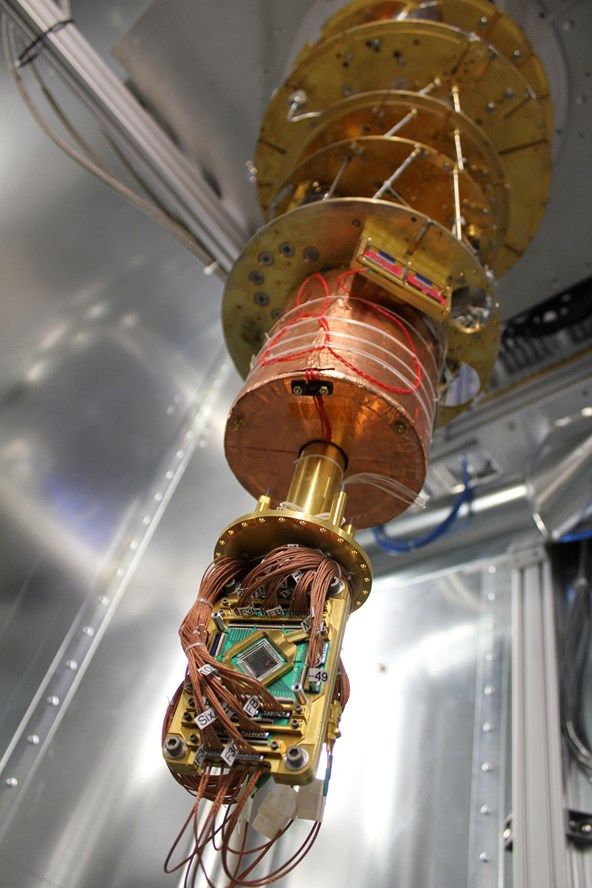Louise Donovan — GQ
In 1969, the United States put two men on the moon. The mission required more than 3,500 IBM employees and the most sophisticated programs ever written. Today, though, a single Apple iPhone holds more computing power than any of the technology used on Apollo 11. That rapid advance can be explained by a pattern called Moore’s Law: every 18 months, the amount of transistors that it’s possible to fit on to a one–
inch-wide microchip doubles. In other words, the pace of change is geometric, not linear. That’s why a laptop bought today is not nine times better than one you could buy nine years ago, it’s 64 times better. The problem for innovators is that Moore’s Law will, in around 15 years’ time, hit a wall. There is a physical limit to how many transistors can be squeezed on to a chip.
In the short term, the chips themselves will evolve. The so-called “wonder material”, graphene could replace their silicon insides. Graphene conducts electricity at high speed and it reduces interference between tightly arranged transistors.
